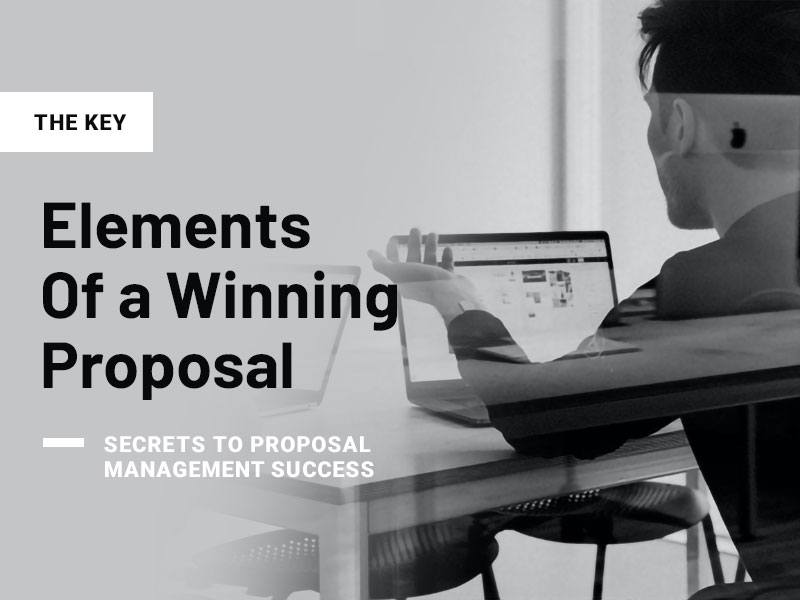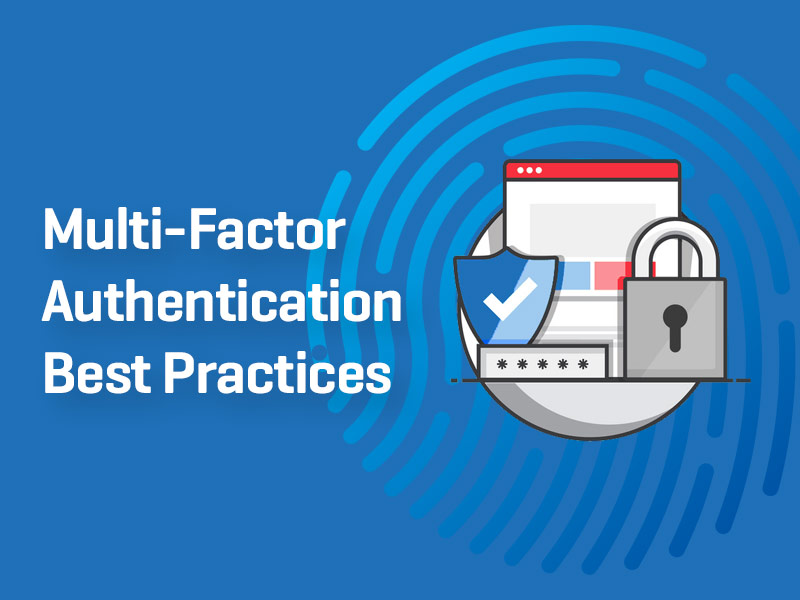Proposals are the backbone of achieving business objectives and securing potential clients. A successful proposal is much more than a clear-cut document. It is a convincingly written narrative that showcases your organization’s worth. Keep reading as we unravel the layers of proposal management.
Crafting a Clear and Impactful Executive Summary: The First Impression Matters

An executive summary is the “meet and greet” of your proposal, so it must leave a lasting first impression. It is the first section any reader will encounter and reason enough for them to read the rest of the proposal. Consequently, it should be precise, accessible, and engaging.
The executive summary suggests a clear business framework and what clients can expect from your proposal. It lays down the benefits and solutions your proposal will offer, addressing why your business is the best option.
This section further illustrates your understanding of the problem, your proposed solution, and the tangible benefits that can be anticipated. It sets the tone and helps readers understand your proposal’s prime focus.
Developing a well-structured executive summary can pique the interest of your potential investors or clients. Remember, it is instrumental in the decision-making process.
Developing a Solution-Driven Approach: Tailoring Your Proposal to Client Needs
Every client has a specific expectation or problem that needs a solution. By tailoring your proposal creation process to the client’s needs, you assure them of your business’s potential to find a workable solution. A solution-driven approach to proposal creation can also display your understanding and personalization for every client requirement, hence striking a chord with future stakeholders.
Ensure that your future stakeholders believe that your offered solution is not generic but specially crafted for them and low frustration. Reflect on their needs and frustrations in your proposal to quite literally show them the answer they’ve been searching for.
Analyze your future stakeholders’ needs, the business scenario, and the challenges during proposal creation around these parameters. Keep your strategies client-centric to create a proposal that is suitable, relevant, and alluring to your potential clients.
Proving to your prospects that you understand their requirements and showing a roadmap for fulfilling them will convince them towards your solution, winning their agreement and having a significant impact throughout the overall proposal process.
Evaluating Your Proposal: Importance of Review and Revision Before Submission

The last step before submission is crucial as it allows you to relook and reevaluate every aspect of the proposal before it goes into the hands of your potential client – it’s the ‘make or break’ moment. Never underestimate the power of review and revision. It helps detect any glitch, no matter how small, and correct it.
A grammar error, punctuation error, or even a minor typo can affect the presentation of your proposal. On the flip side, a perfectly revised and reviewed proposal reflects the professionalism and attention to detail of your organization.
Do not rush your review. It’s advisable to take breaks, revisit the proposal with a fresh mind, and carry out multiple revision rounds. Sometimes, the smallest things, when overlooked, can cause significant damage to your proposal’s effectiveness.
Although it requires time and patience, meticulous revision effectively enhances your proposal quality and can be the factor that lands you the client or project you desire.
Altogether, winning proposals are the result of strategic planning, tailored solutions, persuasive narratives, and meticulous review before submission. By mastering these key elements in proposal management, success in your business endeavors is within reach.
Also read: 25+ Professional Business Proposal Templates in Microsoft Word







